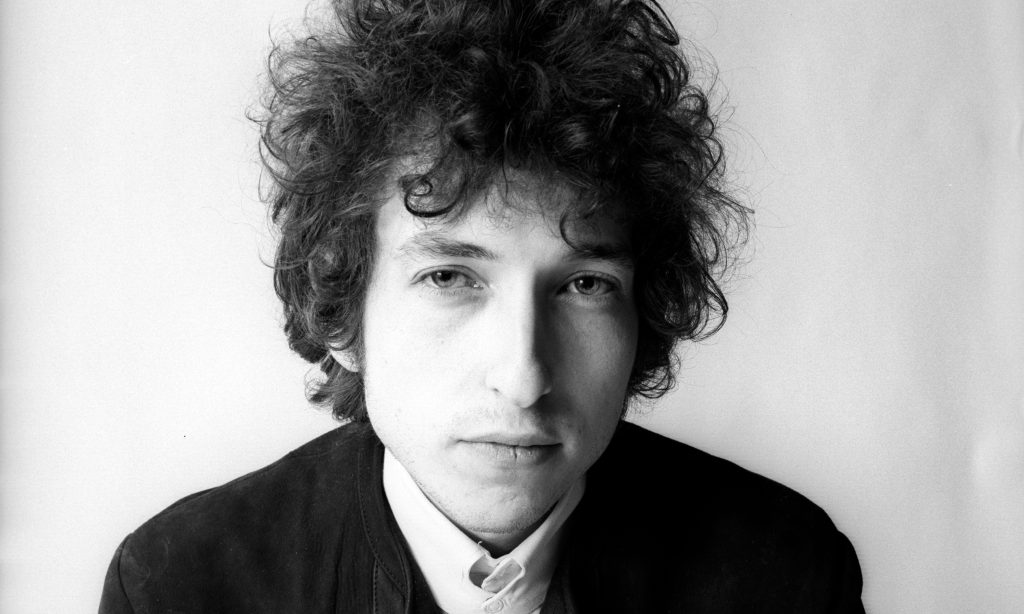Bob Dylan, born Robert Allen Zimmerman on May 24, 1941, in Duluth, Minnesota, is an American singer-songwriter and one of the most influential figures in the history of popular music. His poetic lyrics, distinctive voice, and socially conscious songs have earned him a place as an icon and a voice of a generation.

- Early Life and Musical Beginnings
- The Journey to New York City
- Folk Protest Songs and Early Success
- Transition to Electric Music
- Blonde on Blonde and The Basement Tapes
- The Motorcycle Accident and Quiet Years
- Return to Touring and Rolling Thunder Revue
- Later Career and Continued Influence
- Awards and Accolades
- Legacy and Enduring Impact
Early Life and Musical Beginnings
Bob Dylan’s passion for music began early in his life. He learned to play the guitar, harmonica, and piano as a teenager and was heavily influenced by folk, country, and blues music. In 1959, he enrolled at the University of Minnesota, where he started performing in coffeehouses and local clubs, taking on the stage name “Bob Dylan,” inspired by the poet Dylan Thomas.
The Journey to New York City
In 1961, Dylan dropped out of college and headed to New York City to pursue a career in music. There, he immersed himself in the vibrant folk music scene of Greenwich Village, performing in small venues and becoming friends with influential musicians such as Joan Baez. His raw talent and thought-provoking lyrics soon caught the attention of music producers and critics.
Folk Protest Songs and Early Success
Dylan’s early music was heavily rooted in folk and protest songs. His debut self-titled album, released in 1962, showcased his distinct voice and songwriting skills. It included tracks like “Blowin’ in the Wind” and “A Hard Rain’s a-Gonna Fall,” which became anthems for the civil rights and anti-war movements of the 1960s.
Transition to Electric Music
In 1965, Bob Dylan shocked the folk music community by transitioning from acoustic folk to electric rock. With the release of “Bringing It All Back Home” and “Highway 61 Revisited,” he incorporated electric instruments and a more rock-oriented sound into his music. This move sparked controversy among some fans and critics, but it also expanded his audience and cemented his position as a musical innovator.
Blonde on Blonde and The Basement Tapes
In 1966, Dylan released “Blonde on Blonde,” an album hailed as one of the greatest in music history. It featured tracks like “Just Like a Woman” and “Visions of Johanna,” showcasing Dylan’s storytelling prowess and poetic genius. Around the same time, he collaborated with The Band on the legendary “Basement Tapes,” a collection of informal recordings that became a significant influence on the development of Americana music.
The Motorcycle Accident and Quiet Years
In 1966, Dylan was involved in a motorcycle accident that led to a period of relative seclusion and self-reflection. During this time, he retreated from the public eye and released albums that were less commercially successful but demonstrated a more introspective and personal side of his artistry.
Return to Touring and Rolling Thunder Revue
In the mid-1970s, Dylan returned to touring and embarked on the Rolling Thunder Revue, a concert tour featuring an ensemble of musicians and guest artists. The tour was celebrated for its spontaneity, creativity, and dynamic performances.
Later Career and Continued Influence
Throughout the following decades, Bob Dylan’s career remained prolific, releasing numerous albums that showcased his evolving musical style and exploration of different genres. His influence on songwriting, storytelling, and social commentary in music continued to reverberate through the industry.
Awards and Accolades
Dylan’s impact on music was widely recognized, and he received numerous awards and accolades, including multiple Grammy Awards, an Academy Award for Best Original Song (“Things Have Changed”), and the Nobel Prize in Literature in 2016, making him the first musician to receive this prestigious honor.
Legacy and Enduring Impact
Bob Dylan’s legacy as a songwriter and musician is firmly entrenched in the fabric of American culture. His songs have inspired countless artists, and his influence can be heard in the works of musicians across genres. His ability to capture the essence of the times and address social and political issues through music has solidified his status as an enduring and revered artist.
In conclusion, Bob Dylan’s artistic journey is a testament to his unparalleled talent, poetic brilliance, and fearless exploration of musical boundaries. As a singer-songwriter and cultural icon, he continues to resonate with audiences worldwide and remains an enduring symbol of the transformative power of music.